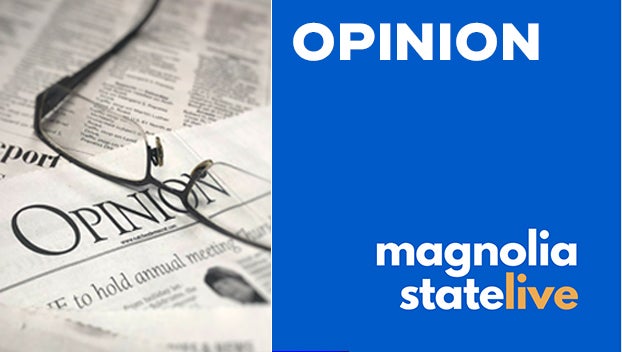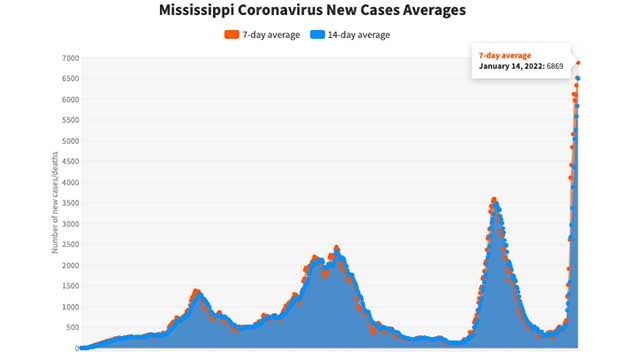Does color theory support Ole Miss dropping the blue jerseys and sticking with red?
Published 9:52 am Monday, March 12, 2018
As the founder and sole member of the League for the Color-Vision Impaired, I pay a surprising amount of attention to the impact of color on life.
For instance: Should Ole Miss ditch its blue football jerseys?
I’ll explain later.
Colorblindness isn’t particularly incapacitating: most of us afflicted do see some colors, and to varying degrees. That does give rise to considerable guesswork in things like wardrobe selection and traffic signal discernment.
Blinking red and yellow lights are far too similar. Trust me.
The condition has long been a source of amusement for my unimpaired friends, who like to point at some troublesome hue, ask me what color it is, and, when I say I don’t know, then ask, “Well, what color does it look like?”
I should just tell them “puce,” since I have no idea what color that is, and they probably don’t, either.
Then there’s the matter of the influence color is said to have on mood. Green, for example, is supposed to have a calming effect. But if you’re not sure whether something is green, brown, beige, gray or, depending on intensity, possibly even pink, any potential impact is muted at best.
My recent reading about color has taken me behind the scenes to a major force driving color in the world today, Pantone.
The company’s website describes it as “the world-renowned authority on color and provider of color systems and leading technology for the selection and accurate communication of color across a variety of industries.”
Clearly this is a company never destined to be on my job search list.
Among other pursuits, twice a year it publishes the Pantoneview Colour Planner, which predicts color trends in fields like fashion, consumer goods and such two years down the road.
It’s a field known as color forecasting, and it might help determine, for instance, what color car or blouse you’ll be buying in 2020.
It also catalogs and categorizes thousands of colors and formulas for how to produce each, given their composite pigments. In case you want to paint your man cave in the precise Ole Miss combination, for example, the red would be Pantone 186, the navy Pantone 2767.
State’s maroon is Pantone 505, by the way, and the gold of Southern is Pantone 123 C.
Since 2000, Pantone it has also named a Color of the Year. The first, also given the title of Color of the Millennium, was cerulean blue (Pantone 15-4020 TC), “the color of the sky on a serene, crystal clear day.”
This year’s is ultra violet (18-3838), a purple that the company says “suggests the mysteries of the cosmos, the intrigue of what lies ahead, and the discoveries beyond where we are now.”
To me, purple often suggests the mystery of “might this in fact be blue.”
Which bring me back to the topic of ditching the Ole Miss blue jerseys.
A few years back, I read of studies showing that athletic competitors in red were statistically more likely to prevail than those in other colors.
One theory was that “this success is related to the psychological responses that individuals have to color, in particular the perception that red is associated with dominance in the eyes of the opponent.”
I suggest that some enterprising student analyze every football game Ole Miss has played, arrange the results by jersey color, and see if the theory holds. Perhaps there’s a master’s thesis in there somewhere.
Personally, I’ve always sort of favored the white jerseys. Go figure.





